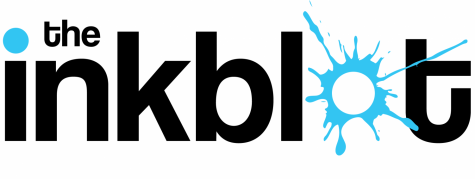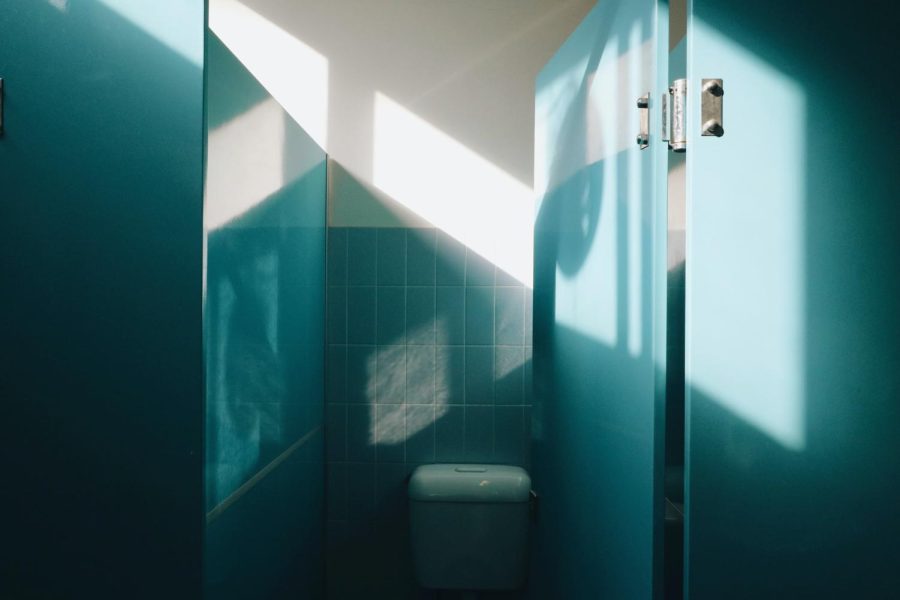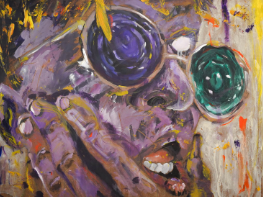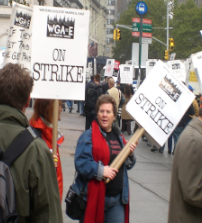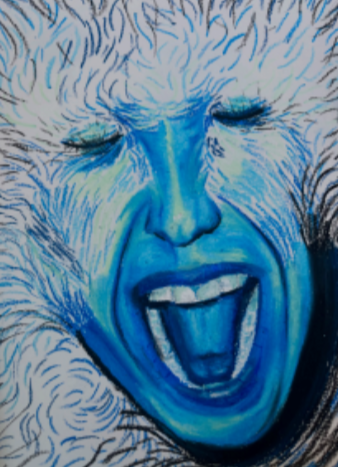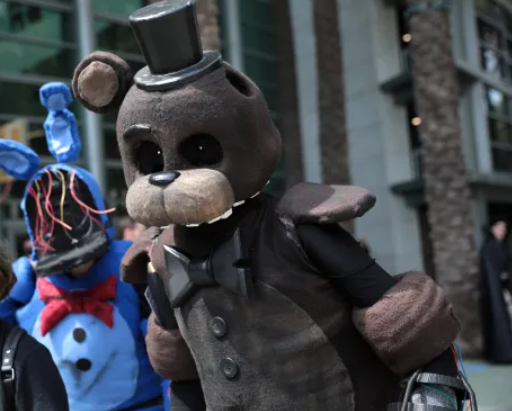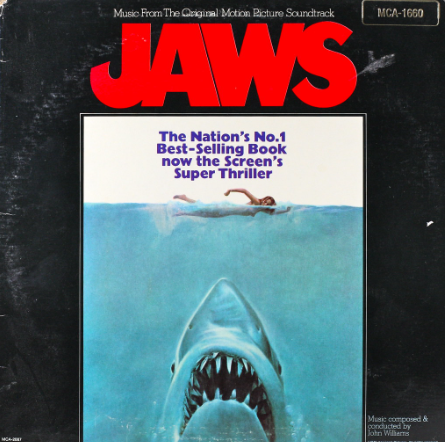“Meme Stall” creates controversial art pieces
UNSPLASH PHOTO COURTESY OF Tom Rogerson
A CHS student has created an art composition of memes in the CHS girl’s bathroom although it was taken down it was a great example of how easy it is to express artwork in public places. https://unsplash.com/license
November 24, 2022
From lifelike portraits to abstract sculptures, artists express themselves in a variety of ways. While some mediums of expression, like drawing, are rather common, others tend to be a little more unorthodox. The CHS girl’s bathroom is a perfect example.
Bright images of pop culture figures and custom fanart from various television shows and movies accumulated to adorn the once-blank walls of the bathroom stalls over the last few weeks. What started with a few memes hung up by one individual quickly developed into a school-wide phenomenon.
This “meme stall,” however, was not fated for a permanent display. Slowly but surely, the CHS janitorial staff targeted and removed the memes within days of their inception.
The student who began this stall wishes to remain anonymous. Their reaction to the removal was one of disappointment, but an understanding of the cause.
“They had the right to do it, but I’m still very sad that they took it down,” the student said. “It’s harmless, it wasn’t hurting anybody and it’s really just ruining the fun for not much of a reason.”
But what term properly describes acts like these, where people create art on property without the consent of owners? Where does one draw the line between art and vandalism?
Some may argue an artist has a right to protect their creation from modification, regardless of who legally owns the piece. Others still, like freshman Hunter Wagner of Middletown, believe establishments hold the right to control the message they put out.
“Businesses should have the right to remove graffiti on their property,” Wagner said. “If someone shows up to your store in the middle of the night and sprays something on it, you should be able to take it down.”
This does not mean graffiti can not aid a business, though. When done tastefully, a mural on the side of a shop can rake in a serious profit. A study by Forbes showed that street art on the side of a building can bring a 5-10% increase in average revenue, with some establishments receiving up to a 50% increase.
Vandalism is another kettle of fish. Where graffiti is a form of artistic expression, vandalism is carried out with a deliberate intent for destruction. Graffiti can be considered harmless art; vandalism is outright hateful or violent.
It’s a lot more costly, too. While the nation spends about $12 billion on graffiti removal each year, acts of vandalism rack up a staggering $15 billion in damages annually.
Another point to consider is the message of the work made. Artists like Banksy, Keith Haring and Lady Pink have set a standard for classy, non-destructive graffiti. Their works are a far cry from the vulgar themes of the average teen spray paint eyesore. These less-wholesome images put a stain on the reputation of actual aspiring artists who use graffiti as a thrifty and effective outlet for their vision.
Sophomore Ishika Pondicherry of Marlboro is a staunch supporter of street art.
“Graffiti is a form of art that’s special because of how accessible it is,” Pondicherry said. “You don’t need to spend hundreds of dollars on paints, brushes and canvases. I think that’s the beautiful thing about graffiti. Anyone can do it.”
Pondicherry raises a view shared by many. When done right, graffiti is an opportunity for up-and-coming artists to make a splash in the art scene, even if it struggles to escape the reputation it’s gained as a mindless act of destruction.
“Even if it’s illegal, art is art,” noted the creator of the bathroom meme display. “If you create something and you want to put it out into the world, it’s art.”

